Marseille, July 29, 2018
Despite its mixed reputation, I was hoping to like Marseille. I took a hotel room in an attractive, not-too-expensive place recommended by a friend of young friends, in a residential area not too far from downtown. It is very hot here this summer, and the hotel has gardens, an outdoor restaurant, and a pool. During my entire childhood, in the Bay Area, we had year-round access to outdoor swimming, a lost pleasure. Swimming and the Mediterranean explain, in large part, the appeal of this city.
Marseille is a great port dating to the Greeks. It is said to be run down, unsafe in parts, filled with north African immigrants, and with pickpockets. Younger friends tell me that it is polyglot, interesting, with a great variety of food and markets, and with inexpensive bourgeois apartments, no longer wanted by the affluent classes.
If you have seen the Netflix series, Marseille (with Gerard Depardieu), then you know that the city is tough, corrupt, proud and lawless, but also that it is connected to the sea, warm, and inclusive. I was looking forward to coastline weather, to more variety, to some beautiful things, and to some good meals.
Marseille surpassed my expectation. From the train approaching the St. Charles Station, it was the bare rock of the mountains overlooking the Mediterranean, and the tall, seedy, working class apartment buildings. Marseille is immediately evident as a large, living, working city, with a big-time energy that eludes Montpellier or Bordeaux.
Once checked in, I walked towards the coast, not yet clear that I was high over the Mediterranean. The neighborhood is a series of walls, closed in, and then it opens up, to an elegant shuttered 19th century villa overlooking the sea, to a hot and dry park with a friendly but unconventional stranger, to other beautiful houses, also facing outwards, to lesser houses and a large apartment block. Stairs walk down to a busy shore road, that runs along the cliffs to the center of the city, looking down to rocks and the sea, and eventually a beach. The marseillais are in the water, or on the stairs, or sunning themselves—lots of sunbathing, unembarrassed bodies–or drinking at the restaurants hugging the rocks, or walking on the sidewalk with me. The water is clear and magical, calling me in, but with no place to leave my glasses.
The next morning, I shared a cab with a Norwegian woman visiting her half-French daughter. The cab driver explained that there is a lot of unemployment here, and that the port has lost a lot of its business due to aggressive unions and strikes. The ship-repair business, for which Marseille was well positioned, has moved down the coast, or to Italy. Recently, one company folded, as it was unwilling or unable to retain surplus jobs, and it could not reach an agreement with the workers. There are two important unions in Marseille, he said. They are the bosses.
Marseille is the third largest urban area in France, but not one of the faster growing; nor has it been distinguished by its income growth. It has a very large poor-to-working class population, and the sometimes-romantic seediness of a large sea port, but these are not necessarily qualities that attract investment capital or businesses succeeding in the new economy.
It does seem to hold the affection of its residents. One cabbie I spoke to moved back here for a break, and has not returned to London, another was brought here by his parents from Lille and speaks now with the marseillais accent. There are a lot of comfortable, modern apartment buildings on the south side of the city and lots of people heading to and from the beach, all the time. Perhaps its economy relies on its geography, its guts and its ability to attract and hold people to it.
Paul Lebas, a young entrepreneur from Lille, a friend of the young friends mentioned earlier, graduated from the Kedge Business School and has stayed in Marseille. At lunch, with him and from those friends, I have heard that the city is appealing for its lifestyle and inexpensive cost of living. But most of the big companies and the best jobs are in Paris. This did not stop him from starting a business, at first managing Airbnb apartments. Now it is a partnership in two cities, growing to three or four, renting and re-letting large apartments, short term. In Marseille, the renters are business groups and weekend tourists, mostly French, but also Chinese, Russian and American, or sometimes the families of prosperous north-African immigrants. The apartments are furnished and maintained, and the landlord receives income from Paul’s company, a reliable long-term tenant. Paul has been living here for a while and has begun to invest. Apartments are cheap, it seems, with an 8% return possible, but tourism may be the major source of economic growth.
Marseille’s renewal as a tourist destination was energized by its selection (together with Provence) as the European Capital of Culture in 2013. According to Wikipedia, the operating budget for related efforts was about 100 billion euros, and an additional 600 billion was spent on cultural infrastructure, a new museum (the Mucem) linked to the old Fort St. Jean, and a conference center.
At the center and ancient heart of Marseille is the vieux port, a penis-shaped inlet, overlooked by old forts, filled with pleasure boats, and surrounded by café tables. Some of the buildings are contemporary housing, built in large pieces of stone, with an arcade. Others are 19th century hotels, now for budget travelers, often with their entrances at the rear, leaving the full port-frontage to cafes. There is an old Opera House and a bourse behind the port, lots of narrow, tall old housing, again with cafes, on the south side, and an ancient old city on the north side, again set back from the port. All of this is busy, much of it is for visitors. Above all that, on the north side is an old City Hall, an old Church, and a luxurious Intercontinental Hotel, all beautifully presented, and behind that a Haussman-era traffic circle, where I had lunch with Paul, and the Canabiere, a broad 19th century avenue.
One of the highlights of Marseille was a visit to Le Corbusier’s Cite Radieuse (1947-1952), a large mixed use apartment building, on the south side of the city. To get there I took the bus, along the coast with stops at the beaches, and then it turned inland, to an area of large avenues and apartment buildings. The building is located on the huge tree-lined boulevard Michelet. Not far from it is the huge Orange Velodrome sports center, with a very new and very impressive enclosed shopping center (a step up from the Odysseum in Montpelllier).
The art is all Le Corbusier, despite the now-dated presumption that industrialized housing and towers-in-the park can be identified with quality. Even the best post-war apartment buildings that I have seen in New York, do not match the excitement of this design, be it the huge stilts that carry the building or the refined fenestration of the stores and the restaurant. This was a mixed-use concept, now a little tired and worn, but with views of the sea, a wonderful hotel and restaurant, some offices and some shops, on the 3rd and fourth floors, and a new art-exhibition center, on the 8th, which is the top.
Today, I walked up the Canabiere, past the bourse and other grand, 19th century commercial buildings, past area signs with important aristocratic and political names, Noailles, Thiers (the politician or the place?). The side streets are filled with charming, narrow, tall, shuttered, and tired apartment houses. The once-grand avenue has seen better days. This district was the city’s living center in its heyday. The King of Yugoslavia was assassinated, by a Croat nationalist, on the Canabiere, before the Second World War, as was the French foreign minister. The buildings and the squares are intact, but now affluence has abandoned it. It is crowded, but touristy and poor. Where then are the professional activities of the city center? Are they hidden away on the upper floors, or like the shopping center on the Boulevard Michelet, have they moved to the outer districts? The power of Marseille, like New York, a polyglot city where everybody mixes easily together, has been lost here.
Beyond the church of St. Vincent de Paul, on the way to the water palace, de Longchamps, I found the quiet, very tired, but elegant, residential Boulevard de Longchamps. The name is that of the 19th century race course in Paris, an overly obvious reference, but the quiet, the streetcar track, and the elegant dog-eared buildings called my attention. I had lunch in a corner café- restaurant, whose retro chic matched the cool of its young, artsy customers. I’m not sure I’d like to live here—I’m called to a view and a pool. But I’d love to collect a building on this street.
Everyone has been very friendly to me in Marseille, indeed with rare exceptions, on this entire trip. In the south the French look informal, but they are very friendly and unfailingly polite. In hotels and stores and restaurants, clients are addressed with courtesy and patience, and typically, others wait politely, knowing that they will receive the same consideration. Unlike New York, where so many daily service jobs have been delegated to newly-arrived immigrants, people who are born and raised here are driving taxis and working in stores and restaurants. Perhaps their salaries and certainly their benefits are superior to what we offer in the United States. Perhaps it is harder for immigrants to have access to these jobs, or perhaps this type of work is viewed as professional and therefore good enough.

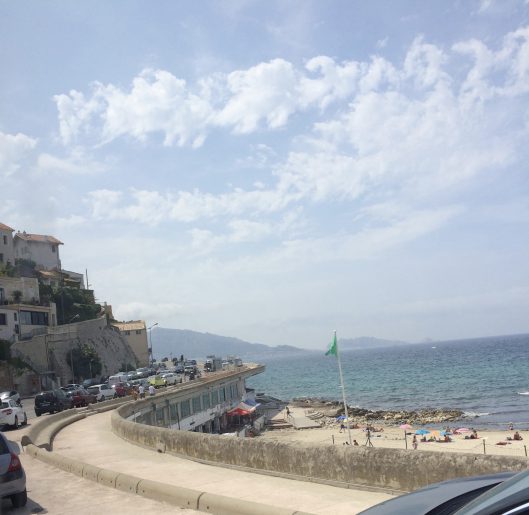
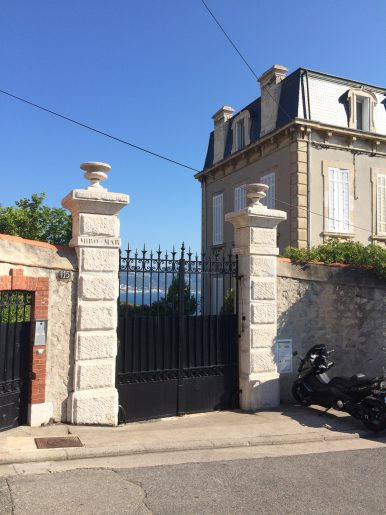
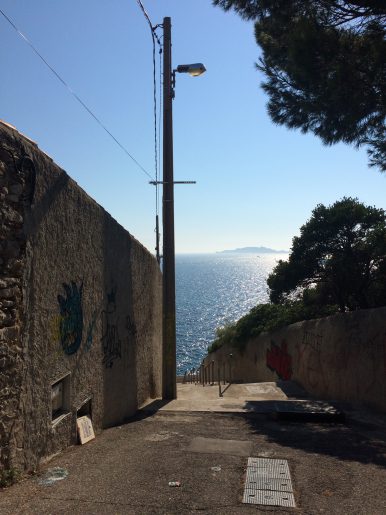
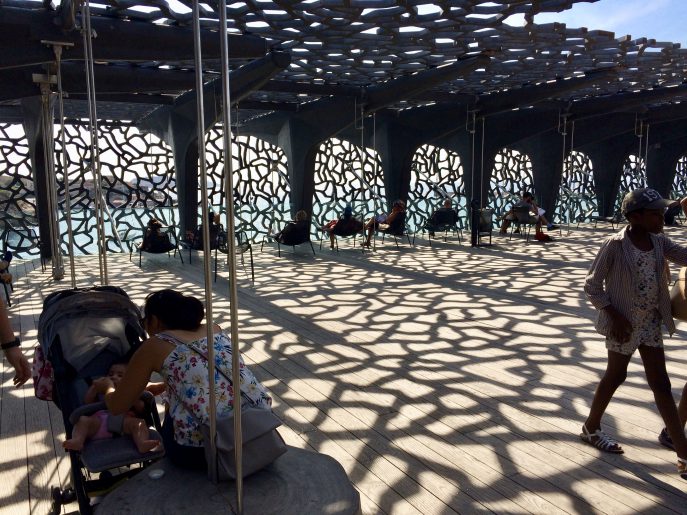
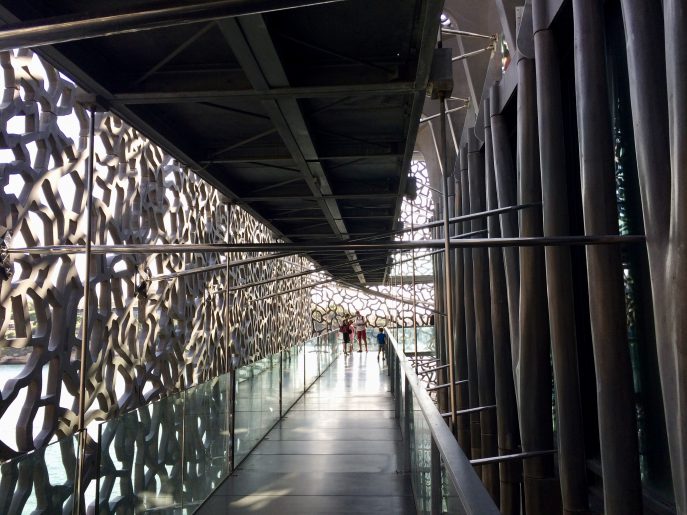
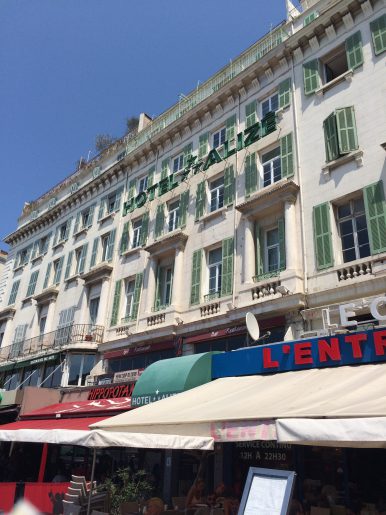
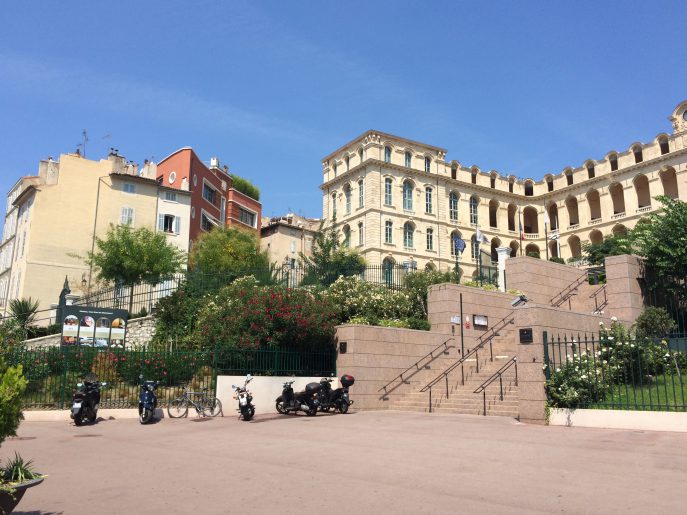
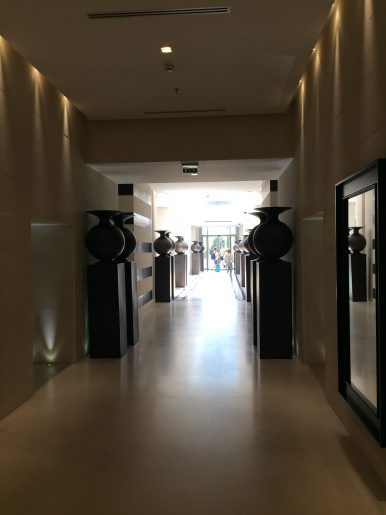
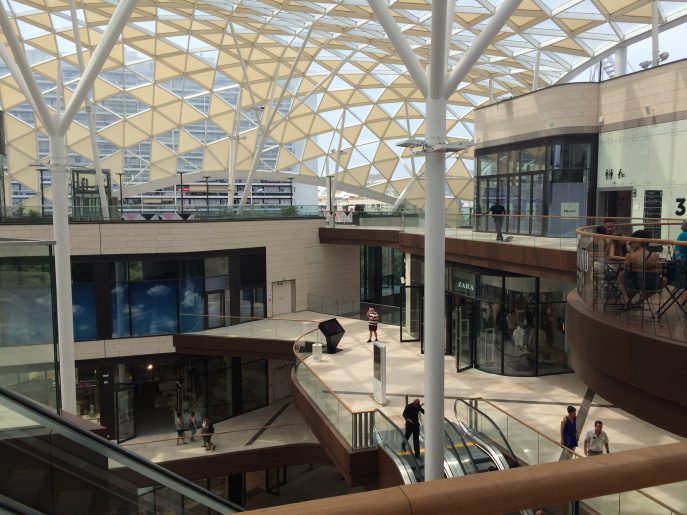
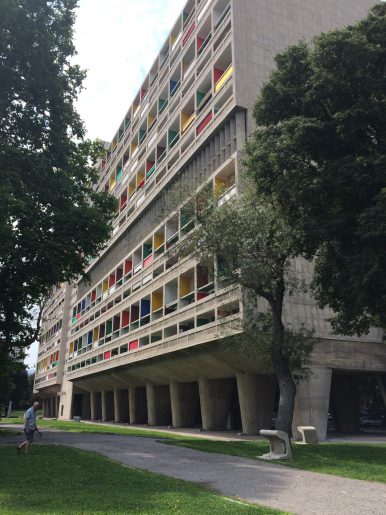
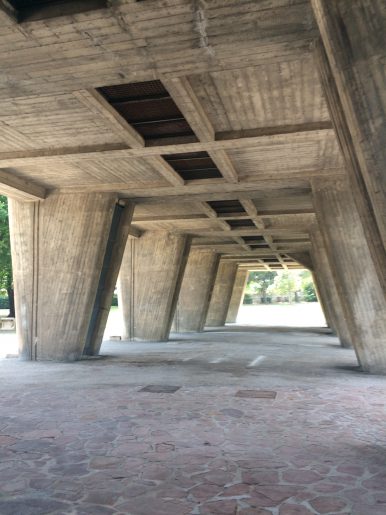
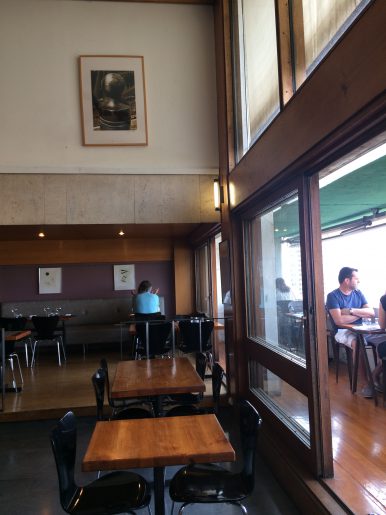
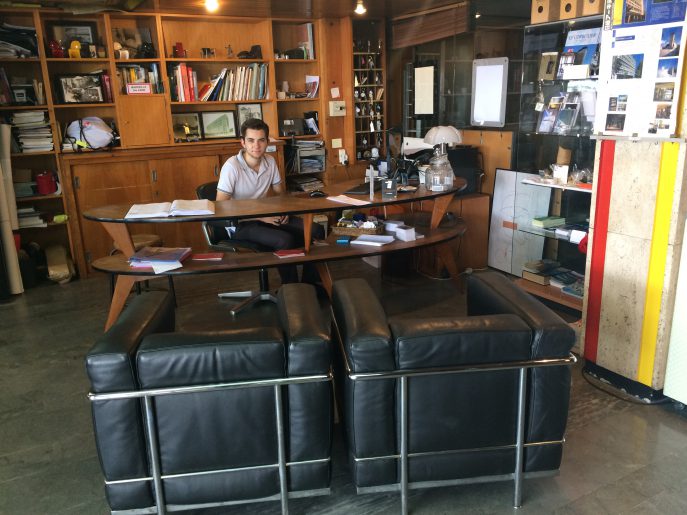

Great article Larry, this is a meaningful project you are going through! Looking forward to the next chapter.
Merci, Brune!
Great series, Larry – although I must admit – you don’t make me terribly eager to visit Marseille!
I encourage you to enjoy a little populism and a little funk! Thanks Tim.
Excellent. J aime cette manière que tu as de mettre en évidence la spécificité de chaque ville.
C’est gentil de le dire. Est-ce que je vous connais?
Comment est-ce que vous m’avez trouve?
I love reading you!
Thank you Craig!!